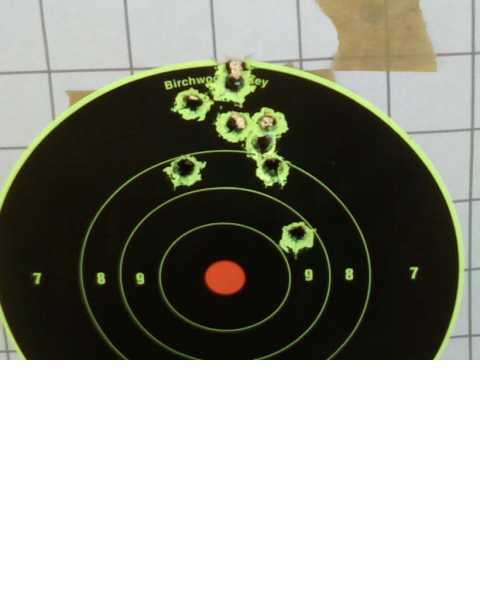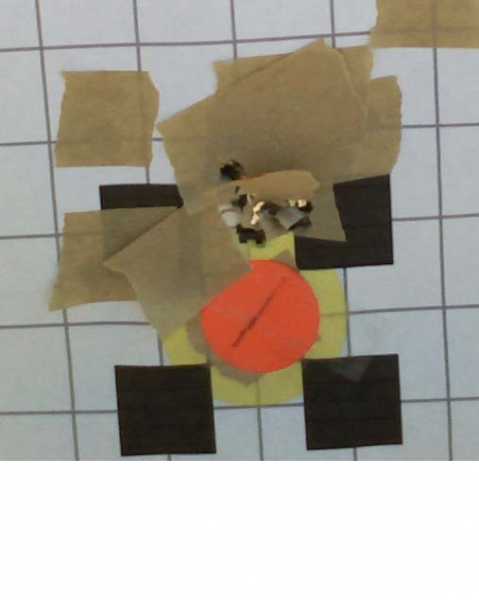The distance between photocells on the Chrony is fixed.
As mention before the key is to get the “projectile across both photocells” Especially when light conditions are not the best the closer to center over the cells positive results are more likely. Shooting across the photocells at angle in marginal light conditions can result in an Err Message.
I normally shoot at my local club on member’s days and it is rare that at least one Chrony is not setup and on I have seen four or five setup during the same session. I have not witnessed anybody shooting their Chrony. But this is the old gray hair group with life experience and time on their hands. I have notice the range master taking a look at some lineups; the club wants to avoid somebody getting injured by flying parts.
Manual:
First, unfold the unit, making certain that the unit is FULLY OPEN. The base of a tripod may prevent full opening, in which case the chronograph will read higher (faster) than true velocities because the space between the points where the bullet crosses the photocells is shorter than is the distance for which the unit is calibrated.
To safeguard the instrument (and to obtain the best results), the projectile must pass between 6 and 4 inches (15 and 10 cm) directly OVER the Twin Lenses in the black plastic boxes at the front and back of the chronograph. These are the chronograph’s "eyes". Attaching pieces of dark-coloured tape on the guide rods (wire rods) at these heights will help you to aim your shots accurately.
Chrony CantOn sunny days, the Chrony may be tilted sideways toward the sun, so that the Diffusers are between the sun and the photocells. Be sure that the Chrony unit remains fully open, and that it is perfectly aligned with the target. Using diffusers on cloudy days may shut out too much light.
I take the cautious route. I hate those Err reading because that means a wasted bullet went down range. I had two other Chrony users in the early years set the example of what not to do. Early on one destroyed his Chrony with a center of mass shot from his .44 Magnum, soon to be followed by my brother hitting a rod on his unit. Both are shooters with many years of experience but the damage can be credited with improper sight alignment.
Without a doubt lighting is a critical element. My most successful efforts have been at the low elevation gun club, but it does not realistically reflect the elevation I hunt at. I like spending time in the high country but thunder clouds and shading from tall conifers limited the periods of good light. I get more Err messages during the summer when clouds are passing overhead.
Documentation is needed to tell the whole story. The shoot has more value when you can turn to your records months or years down the road so review earlier results. I prefer to hunt with a 270 Winchester and my 7MM Remington Magnum is not in the line-up every season, it is good to go back and check past results. It a couple of cases the results are the same as I good back in 1994 when I fired the rifle across the Chrony. It also debunks the concerns regarding using older powder.
The bullet in the nine rings was the resulted of an intentional low hold to make sure I was on the target. I was shooting the 160-grain Speer Splitzer at 3007 fps from my 7MM Remington Magnum.

My Ruger 7 Magnum does not like most factory ammunition but surprise, surprise on this day 160-grain low end PMC ammunition produced the best 100-yard factory ammunition group I have obtained from the rifle. And I have the benefit of collecting the velocity data from the firing. Velocity was 2847 fps.

Combining the data collected at the range with a ballistic program has benefits. I have been using Sierra Infinity Six.